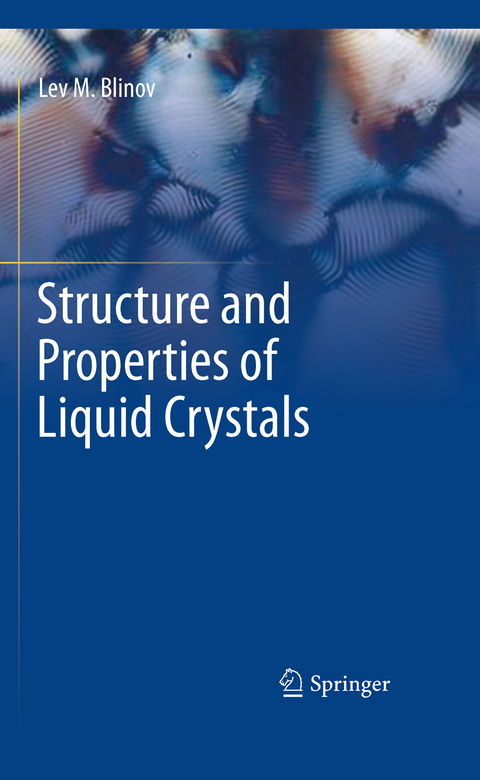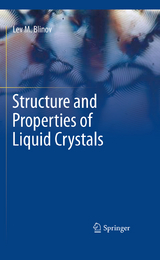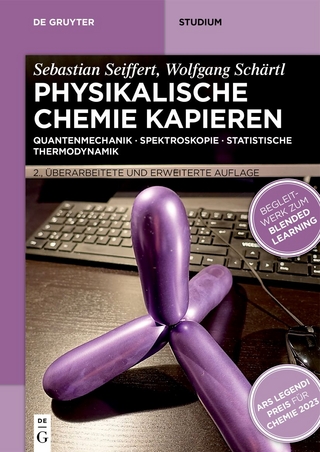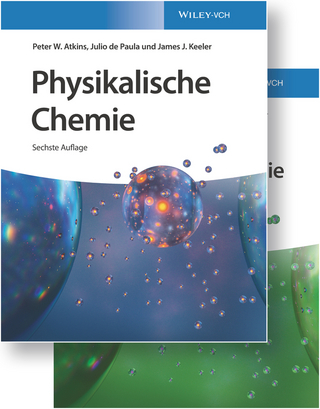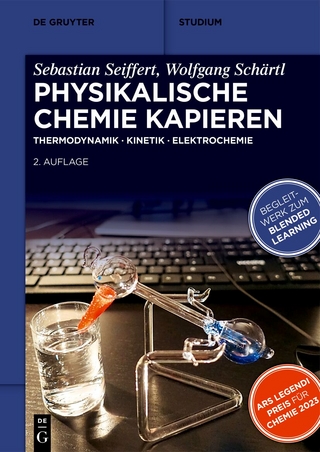Structure and Properties of Liquid Crystals
Foreword - Introduction - Literature Part I. STRUCTURE OF LIQUID CRYSTALS Chapter 1. Symmetry1.1 Point group symmetry1.2 Translational symmetry Chapter 2. Mesogenic Molecules and Orientational Order2.1 Molecular shape and properties2.2 Intermolecular interactions 2.3 Orientational distribution functions for molecules2.4 Principal orientational order parameter (microscopic approach)2.5 Macroscopic definition of the orientational order parameter.2.5 Apparent order parameters for flexible chains Chapter 3. Liquid Crystal Phases3.1 Polymorphism studies3.2 Main calamitic phases3.3 Discotic and bowl-type phases3.4 Role of polymerization3.5 Lyotropic phases3.6 General remarks on the role of chirality 3.7 Cholesterics3.8 Blue phases3.9 Chiral smectic C* phase3.10 Chiral smectic A*3.11 Spontaneous break of mirror symmetry Chapter 4. Principles of Structure Analysis and X-ray Diffraction 4.1 Diffraction studies and X-ray experiment4.1 X-ray scattering4.3 Diffraction on a periodic structure4.4 Fourier transforms and diffraction4.5 X-ray Diffraction by Crystals4.6 Diffraction by the isotropic and nematic phase4.7 Diffraction by smectic phases Chapter 5. Phase Transitions5.1 Landau approach5.2 Isotropic liquid -- nematic transition5.3 Nematic-Smectic A transition5.4 Smectic A -- Smectic C transition5.5 Dynamics of order parameter5.6 Molecular Statistic Approach to Phase Transitions5.7 Nematic-isotropic transition (molecular approach)5.8 Phase transitions in magn. & el. fields Part II. PHYSICAL PROPERTIES Chapter 6. Magnetic, Electric and Transport Properties6.1 Magnetic phenomena6.2 Dielectric properties6.3 Transport propertiesChapter 7. Elasticity and Defects7.1 Tensor of elasticity7.2 Elasticity of nematics and cholesterics7.3 Variational problem and elastic torque7.4 Defects in nematics and cholesterics7.5 Smectic phases Chapter 8. Elements of Hydrodynamics8.1 Hydrodynamic variables8.2 Hydrodynamics of isotropic liquids8.3 Viscosity of nematics 8.3 Flow in cholesterics and smecticsChapter 9. Liquid Crystal -- Solid Interface. 9.1 General properties of interfaces9.2 Surface energy and anchoring of nematics9.3 Liquid crystal alignment Part III. ELECTRO-OPTICS Chapter 10. Optics and Field Effects in Nematic and Smectic A Liquid Crystals10.1 Optical properties of uniaxial phases10.2 Fredericks transition10.3 Flexoelectricity10.4 Electrohydrodynamic instability Chapter 11. Electro-Optical Effects in Cholesteric Phase11.1 Cholesteric as one-dimensional photonic crystal11.2 Field instabilities of cholesterics11.3 Bistability and memory11.4 Flexoelectricity in cholestericsChapter 12. Ferroelectricity and anti-ferroelectricity12.1 Crystalline ferroelectrics12.2 Ferroelectric cells with a non-ferroelectric liquid crystal?12.3 Phase transition SmA*-SmC* 12.4 Electro-optical effects in ferroelectric cells.12.5 Anti-ferroelectrics Subject index.
| Erscheint lt. Verlag | 27.10.2010 |
|---|---|
| Zusatzinfo | XVIII, 439 p. |
| Verlagsort | Dordrecht |
| Sprache | englisch |
| Maße | 155 x 235 mm |
| Themenwelt | Naturwissenschaften ► Chemie ► Physikalische Chemie |
| Naturwissenschaften ► Geowissenschaften ► Mineralogie / Paläontologie | |
| Naturwissenschaften ► Physik / Astronomie ► Atom- / Kern- / Molekularphysik | |
| Naturwissenschaften ► Physik / Astronomie ► Festkörperphysik | |
| Naturwissenschaften ► Physik / Astronomie ► Mechanik | |
| Naturwissenschaften ► Physik / Astronomie ► Optik | |
| Naturwissenschaften ► Physik / Astronomie ► Thermodynamik | |
| Technik | |
| ISBN-10 | 90-481-8828-8 / 9048188288 |
| ISBN-13 | 978-90-481-8828-4 / 9789048188284 |
| Zustand | Neuware |
| Informationen gemäß Produktsicherheitsverordnung (GPSR) | |
| Haben Sie eine Frage zum Produkt? |
aus dem Bereich
